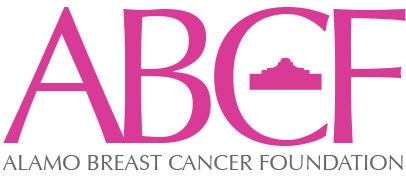- The first use of a new drug, treatment or screening procedure in humans.
- Used to test for safety and side effects and to determine how the drug should be given (by mouth or by injection into blood or muscle).
- Small numbers (20-80) of participants.
Phase II
- Used to investigate the ideal dosing range of a new drug.
- The therapy is tested in a larger number of patients (50-300) to determine how well it works and its possible side effects.
Phase III
- Efficacy of treatment with a new drug is compared to that with common or standard therapies.
- Patients who participate in Phase III trials are randomized to receive the trial drug and/or standard therapy.
- A much larger group of patients is involved in Phase III studies (100-3,000+).
Phase IV
- Conducted to continue to evaluate for the safety and efficacy of cancer therapies that are FDA approved and available for general use.
- Not all clinical trials have Phase IV studies.
Currently, some Phase II and most Phase III clinical trials are designed as randomized, double-blind and placebo-controlled studies: ▪ Randomized: Each study subject is randomly assigned to receive either the study treatment or a placebo.* ▪ Blind and double-blind: The subjects involved in the study do not know which study treatment they receive. If the study is double-blind, the researchers also do not know which treatment is being given to any given subject. This ‘blinding’ is to prevent biases, since if a physician knew which patient was getting the study treatment and which patient was getting a placebo, he/she might be tempted to give the (presumably helpful) study drug to a patient who could more easily benefit from it. In addition, a physician might give extra care to only the patients who receive the placebos to compensate for their ineffectiveness. A form of double-blind study called a “double-dummy” design allows additional insurance against bias or placebo effect. In this kind of study, all patients are given both placebo and active doses in alternating periods of time during the study.* Placebo-controlled: The use of a placebo (fake treatment) allows the researchers to isolate the effects of the clinical trial treatment.* ________________ * From wikipedia.org
